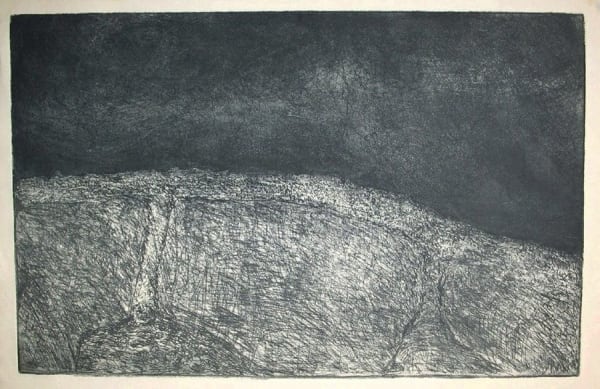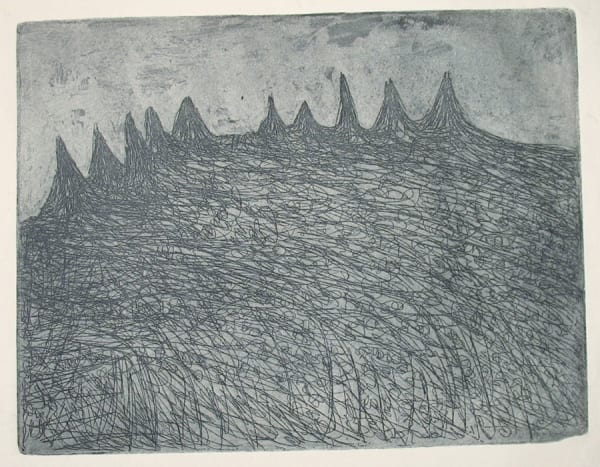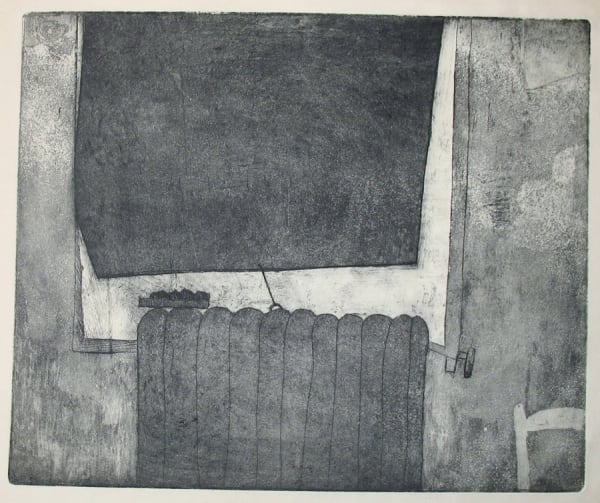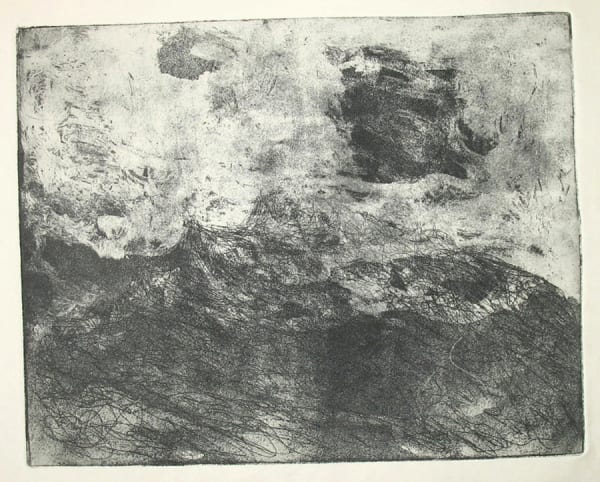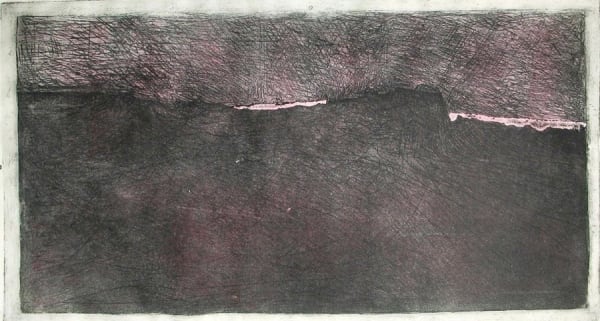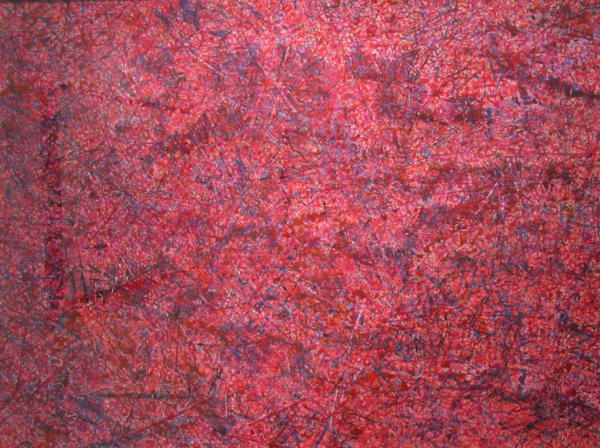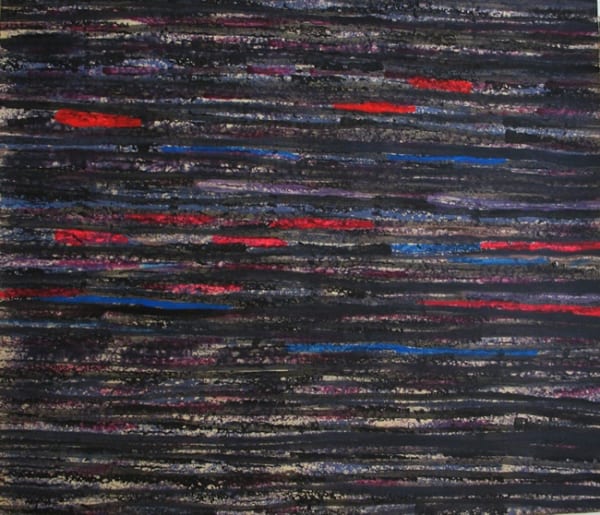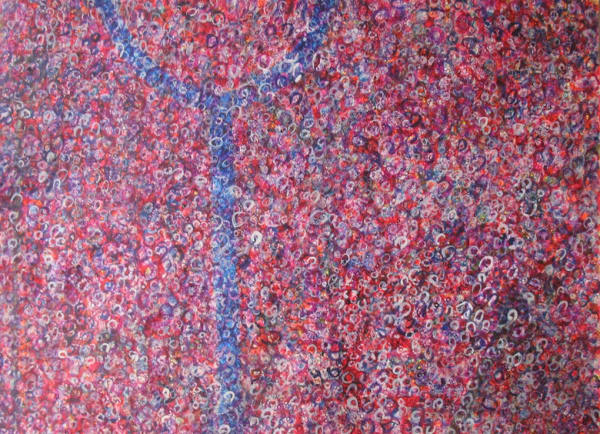James Juthstrom: Works on Paper
-
 james juthstrom, untitled [reversal], circa 1950s
james juthstrom, untitled [reversal], circa 1950s -
 james juthstrom, untitled, circa 1950s
james juthstrom, untitled, circa 1950s -
 james juthstrom, untitled [interior], circa 1950s
james juthstrom, untitled [interior], circa 1950s -
 james juthstrom, untitled [clouds], circa 1950s
james juthstrom, untitled [clouds], circa 1950s
-
 james juthstrom, untitled [purple horizon], circa 1950s
james juthstrom, untitled [purple horizon], circa 1950s -
 james juthstrom, untitled [purple lines], circa 1960s
james juthstrom, untitled [purple lines], circa 1960s -
 james juthstrom, untitled [black & red], circa 1960s
james juthstrom, untitled [black & red], circa 1960s -
 james juthstrom, untitled [gold], circa 1960s
james juthstrom, untitled [gold], circa 1960s
WESTWOOD GALLERY NYC is pleased to present an exhibition of 1950s works on paper by James Juthstrom (1925-2007). For 50 years this reclusive artist worked along side the New York School artists and abstract expressionists while creating art within his Soho Loft.
In the 1950s Juthstrom studied at the Brooklyn Museum Art School focusing on line drawings and color relation. Professor Bill Kienbusch (Modernist painter 1914-1980) described his work as 'very exciting, authentic, (and having) true conviction.' These sentiments were shared by Professor Reuben Tam (American Landscape painter, 1916-1991) who wrote "Upon entering your [Juthstrom] exhibition I stood in a wonderful golden world where everything was radiant, strong and mysterious". On view are a number of etchings that represent Juthstrom's early forays into abstraction. The starting points and landscapes within these works can only be discerned upon careful examination. All the etchings are pulled on a manual press, and no plates have survived; originally intended as editions, they are in fact unique works of art.
Described by Soula Funna in an article for Mapcidy, "The landscape etchings on view are some of the most moving works in the exhibition. Small but powerful, they are both whimsical and nostalgic, beckoning viewers to another world. While looking at the empty field or hill under a clear sky in one of the untitled etchings on paper, one cannot help but think of Caspar David Friedrich's "Monk on the Seashore". An unmistakable air of desertion and loss permeates the work. In the absence of a protagonist, the viewer can insert him or herself in the work, the stillness and solitude allowing for reflection and perhaps even mourning [...] Juthstrom achieves an extraordinary amount of movement and suspense in this work, offering viewers a momentary escape into fantasy and adventure."
The larger scale, magnificent abstract works on paper also on display represent another stage in the evolution of the artist, as representational work was abandoned in the favor of pure abstraction. Later on in the 1960s through the 1980s Juthstrom explored abstract expressionism, spending countless hours painting an infinite maze of colored circles, filling canvases up to 25 feet long. He applied various strokes or patterns with hidden formations visible only under light. During this time he continued to work extensively on paper, creating elaborate drawings, which compliment the paintings.
James Juthstrom was recognized by critics early in his career and was included in numerous museum group exhibitions, including Whitney Museum of American Art, The Pennsylvania Academy of the Fine Arts, Detroit Institute of the Arts and Brooklyn Museum. He also had several solo exhibitions at galleries, including Gallery G in New York, which received a review in the New York Times, Paul Schuster Art Gallery in Cambridge and Landmark Gallery in New York. He died in May of 2007, leaving behind a legacy of his lifetime dedication. Since the release of his estate collection, museums and collectors are reviewing the artwork for acquisition and discovering the history of this brilliant artist. Juthstrom's most recent retrospective exhibition was reviewed by ARTnews in 2010.
